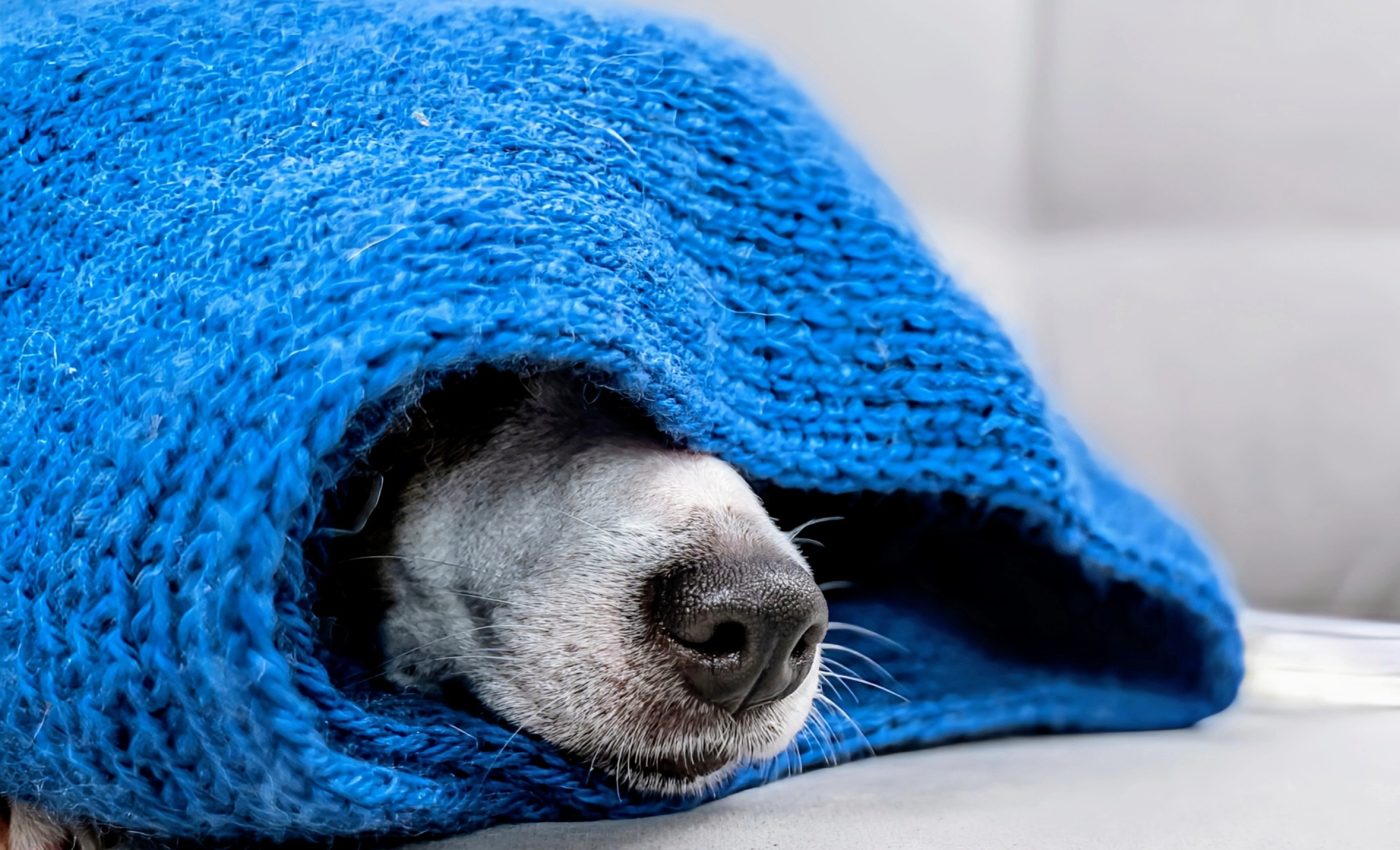
How did dog noses get their unique patterns?
The noses of many mammals, including dogs, ferrets, and cows, display intricate networks of grooves forming polygonal patterns.
Researchers at the University of Geneva have now uncovered how these patterns develop during embryonic growth using advanced 3D imaging and computer simulations.
The study reveals that the differential growth rates between skin tissue layers result in dome-shaped structures that are mechanically supported by underlying blood vessels.
This newly described morphogenetic process could provide insights into the formation of other biological structures that are influenced by blood vessels. The findings have been published in the journal Current Biology.
Exploring natural patterns
The living world is filled with a wide variety of fascinating shapes and patterns. Some organisms are instantly recognizable by their unique designs, such as the stripes on zebras or the spots on cheetahs.
Even pine cones display characteristic spiral arrangements. These patterns are shaped by different morphogenetic processes, which govern the development of forms during an organism’s early stages.
There are two main types of morphogenesis. One involves self-organizing chemical reactions, as described by Alan Turing’s reaction-diffusion model, where interacting chemical substances can create consistent patterns like animal stripes or spots.
Another type is influenced by mechanical forces, such as differential growth rates. An example of this is the folding of the human brain’s cortex, where the outer layer grows faster than the inner layers, resulting in convolutions.
Formation of dog nose patterns
Michel Milinkovitch, a professor in the Department of Genetics and Evolution at the University of Geneva, and his research team study the developmental mechanisms behind life’s diversity.
“Finding specific examples of beautiful patterns in living organisms is easy. All we have to do is look around us! Our latest study focuses on the noses of dogs, ferrets and cows, which exhibit a singular network of polygonal structures,” he explained.
In particular, the naked skin on the rhinarium – the nose area of many mammals – features a network of grooves that form polygons. These grooves help retain moisture on the nose, aiding in the collection of pheromones and scent molecules.
To better understand how these patterns develop, the Geneva team collaborated with scientists from the University Paris-Saclay, the Alfort National Veterinary School (EnvA), and the Institute of Neurosciences in Alicante. They collected samples from dog, cow, and ferret embryos for their study.
Visualizing dog noses in 3D
The researchers used “light sheet fluorescence microscopy” to observe these samples, allowing them to create three-dimensional images of biological structures.
They found that the polygonal networks of folds in the outer skin layer, or epidermis, appear during embryonic development in all three mammal species.
These epidermal patterns aligned perfectly with a network of stiffer blood vessels in the deeper dermis layer. Additionally, they observed that the cells in the epidermis proliferate more quickly than those in the dermis.
Blood vessels as structural supports
The research team developed a mathematical model and performed computer simulations to understand this growth process.
The model accounted for the differing growth rates between the epidermis and dermis, their relative stiffness, and the presence of blood vessels in the dermis.
“Our numerical simulations show that the mechanical stress generated by excessive epidermal growth is concentrated at the positions of the underlying vessels, which form rigid support points,” explained study lead author Paule Dagenais, a postdoctoral fellow at UNIGE.
“The epidermal layers are then pushed outwards, forming domes – akin to arches rising against stiff pillars.”
New mechanism in morphogenesis
The findings indicate that in the formation of mammalian nose patterns, the positioning of polygonal structures in the epidermis is dictated by the layout of rigid blood vessels in the dermis.
These vessels create local constraints as the epidermis grows, resulting in the formation of grooves and domes at specific sites.
“This is the first time that this mechanism, which we call ‘mechanical positional information,’ has been described to explain the formation of structures during embryonic development,” said Milinkovitch.
“But we are confident that it will help explain the formation of other biological structures associated to the presence of blood vessels.”
This discovery not only sheds light on the unique patterns seen in mammalian noses but also opens the door to understanding how similar processes might shape other biological forms during development.
—–
Like what you read? Subscribe to our newsletter for engaging articles, exclusive content, and the latest updates.
Check us out on EarthSnap, a free app brought to you by Eric Ralls and Earth.com.
—–













